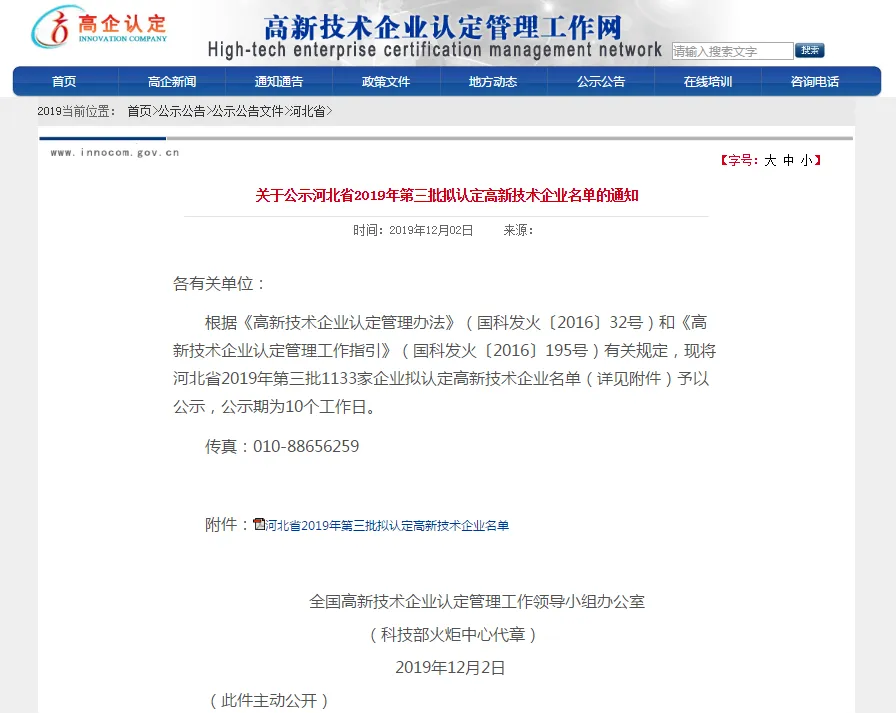6. Turmeric This popular spice contains curcumin, which has anti-inflammatory properties. Turmeric can be added to a dog’s diet or given as a supplement to help alleviate joint pain and improve mobility.


